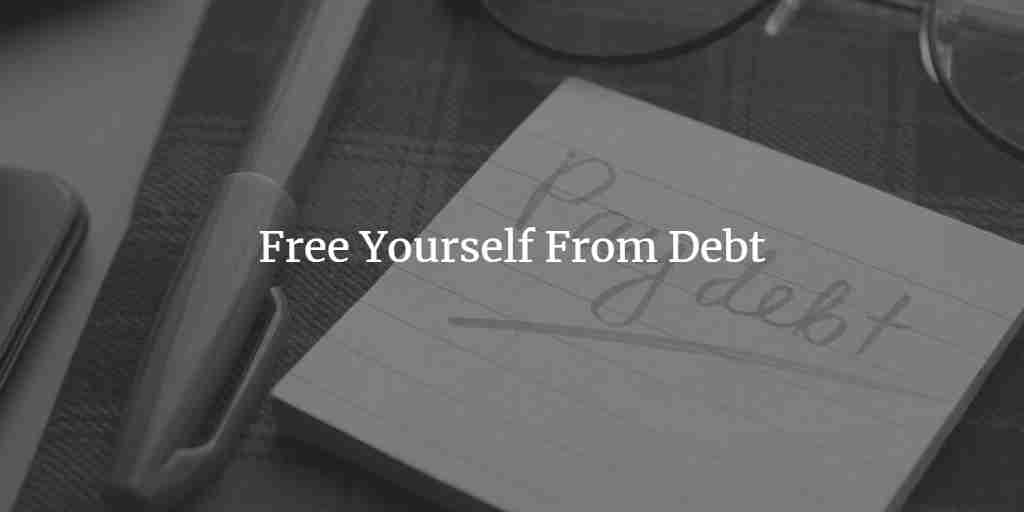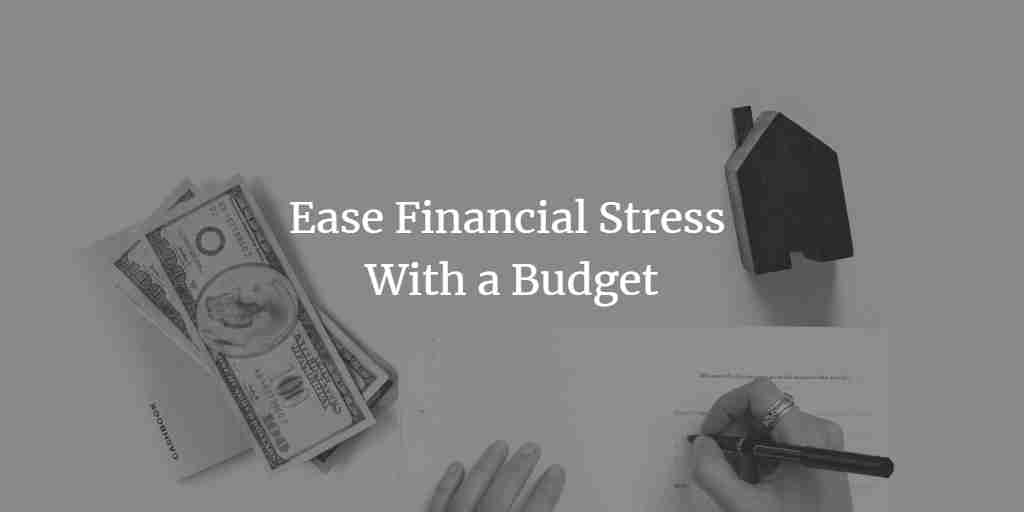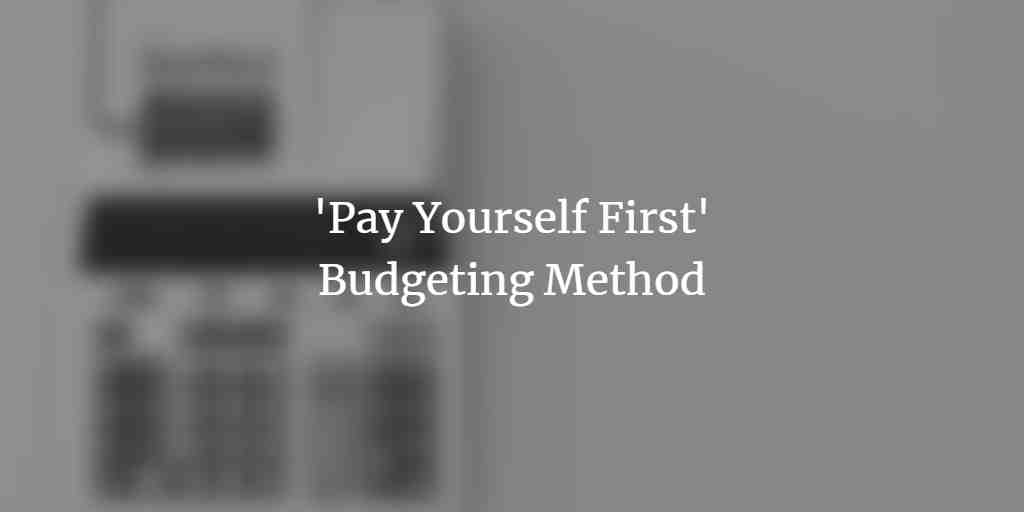Debt is one of the silent killers of an individual’s hopes for becoming financially free. Debt is a heavy burden to carry and thus we feel overwhelmed by the mere thought of paying it off. It’s important to pay off your debt as soon as possible to progress in your finance journey. If you have a clear plan, a budget and consistent effort you can pay off your debt. Once you pay off the debt, you can take control of your finances.
In this post, we will go through a step-by-step guide on how to pay off your debt. Through this post you will get tips on budgeting, choosing a payoff strategy and automating your payments. Becoming debt free may not be easy, but with consistent effort, it can be achievable. The longer you wait, the more difficult it becomes. So, take action today, and start making progress towards a more financially stable and secure future.
Though not all debt is bad, there are some unnecessary debts which needs to be paid off. So before going through the guide let us understand what exactly is debt, what is good and bad debt and other things.
What is Debt
Debt is when you borrow money from a lender and agree to pay it back, usually with interest. It can include things such as credit card balances, car loans, personal loans or other forms of borrowing. When an individual borrows money, they are incurring debt. The individual then has to repay the amount along with the interest over a specified period.
Good and Bad Debt
Good debt and bad debt is just the terminology to describe the type of debt an individual has.
Good debt is that type of debt which is taken for investment that will appreciate over time. Examples of good debt are business loans that will generate profit and real estate loans for buying real estate assets. These are considered good (known as necessary debt) because it helps individual to build wealth over time.
Bad debt is that type of debt which is taken for depreciating assets. Examples of bad debt are credit card debt, personal loans for vacation, and car loans. These are considered bad (known as unnecessary debt) because they do not generate any income over time or do not appreciate. These types of loans often lead to financial strain on one’s financial journey.
We need to understand the difference between good and bad debt. This understanding helps in maintaining financial stability as well as future growth. Too much of anything is bad whether it’s good or bad debt because any debt can shake your financial equilibrium. We have to keep in mind the long-term value of the debt before considering it as a good or bad debt.
Too much bad debt can deteriorate one’s long-term financial goals and thus we should avoid taking too much of that debt. By being mindful of spending one can avoid unnecessary debt. Instead one should focus on building wealth and improving their financial situation over the long term.
Before you start paying off your debt
Now that you have understood the difference between good and bad debt and decided to go ahead and start paying off your loan. So before that two things, you can try and keep in place so that you do it the right way.
Having A Budget
A budget is the root of all your money management system and thus it helps you to keep an eye on your spending. A budget is very much needed to start paying off your debt because it helps you to keep a check on your spending so that you don’t incur most debt in the process.
Using a budget you can allocate money to cover your essential expenses and set aside money for paying off your debt. This will help you to see where your money is going. And also to identify areas where you can cut back on expenses to redirect that money towards paying off your debt.
Having An Emergency Fund
You never know when an unexpected expense might pop up, which is why it’s important to have a rainy day fund to cover those costs. And thus when this unexpected expense comes, it can derail your plan for paying off your debt or can incur more debt in the process. This is why it’s very important to have an emergency fund in place so that whenever that emergency comes, you will be prepared.
Step By Step Process of Paying off the Debt
Debt can be a major source of stress and financial burden, but it doesn’t have to be. By taking a step-by-step approach, you can pay off your debt and achieve financial freedom.
Step 1: Assess Your Debt
The first step in paying off your debt is to figure out how much debt you have. Make sure you are listing every single debt you have which includes all your outstanding loans, credit card dues as well as other borrowings.
You can create a spreadsheet where you note down the debts. You can include the information like debt name, minimum monthly payment, total balance and interest rate.
This will give you a clear picture of your debt situation and help you focus on which debts to pay off first.
Step 2: Decide How Much You Can Put Towards Debt
From the first step, you have a clear picture of your total debt. Now the next step is to determine how much money you can put towards paying it off weekly or monthly. By looking at your budget you can see how much money you can put towards the debt. You can also identify the areas where you can cut the expense and thus redirect that money towards paying your debt.
Now you can develop a plan to pay off your debt and start making progress towards a debt-free future.
Step 3: Choosing Payoff Strategy
Till this step you know your total debt and also you know how much money you can put towards paying it off. The next step is to choose a payoff strategy. Some of the payoff strategies which you can consider are:
-
The Snowball Method: It involves paying off your smallest debt first, regardless of the interest rate. Once the smallest debt is paid off, you move on to the next smallest debt and so on, until all debts are paid off. This method is good for people who need a quick win to stay motivated.
-
The Avalanche Method: It involves paying off your highest-interest debt first, regardless of the size of the debt. By tackling the highest-interest debt first, you will save the most money on interest charges in the long run.
-
The Hybrid Method: This method is a combination of the Snowball and Avalanche methods. It involves paying off a combination of small and high-interest debt, to keep you motivated and also save money on interest charges.
Now you have to choose the method that will work best for you and thus you can stick to it.
Step 4: Starting With Snowball Method
The Snowball Method is a popular strategy for paying off debt, as it helps to keep you motivated by allowing you to see progress quickly. So it is always better to start with the snowballing method. As mentioned above this method involves starting by paying off your smallest debt first, regardless of the interest rate. Once the smallest debt is paid off, you move on to the next smallest debt and so on, until all debts are paid off.
Here is how you can put in place the Snowball Method:
- List all your debts in order from smallest to largest.
- Make the minimum payments on all your debts, except for the smallest one.
- Put as much extra money as possible towards paying off the smallest debt.
- Once the smallest debt is paid off, take the money you were putting towards that debt and use it to pay off the next smallest debt.
- Keep repeating this process until all your debts are paid off.
The Snowball Method helps you to focus on one debt at a time and allows you to see progress quickly, which can help keep you motivated. It can also help you to build momentum and increase your confidence as you pay off each debt.
Step 5: Rewarding Yourself
Paying off debt can be a long and challenging process, and it’s important to find ways to stay motivated along the way. One way to do this is by setting up a reward system for yourself.
A reward system is a way to acknowledge and celebrate your progress as you pay off your debt. This can help to keep you motivated and on track towards reaching your debt-free goals.
It’s important to remember that rewards should be something that is motivating for you, and also something that doesn’t put you back into debt. The rewards should be affordable and within your budget.
By setting up a reward system, you can acknowledge and celebrate your progress, and stay motivated as you work towards a debt-free future.
Congratulations
When you start with all the above steps you are on your way to being free from the bad debts in your portfolio.
FAQ on paying off your debt
Q. How long will it take to pay off my debt?
A. The length of time it takes to pay off your debt will depend on several factors. The factors including the amount of debt you have, your interest rates, and the amount of money you can put towards paying off your debt each month. On average, it can take several years to pay off debt, but with a clear plan and a consistent effort, you can pay off your debt sooner.
Q. Should I close my credit card accounts once they are paid off?
A. Closing your credit card accounts once they are paid off can have an impact on your credit score. Instead, you can consider keeping the account open and using it sparingly. When you have a long credit history, it can help to improve your credit score.
Q. How can I stay motivated to pay off my debt?
A. Paying off debt can be a long and challenging process, and it’s important to find ways to stay motivated. Some ways to stay motivated is to set up a reward system and celebrating your progress along the way.
Q. Should I prioritize paying off my smallest debt or my highest-interest debt first?
A. Both the Snowball Method and the Avalanche Method have their pros and cons. The Snowball Method can help you to see progress quickly, which can keep you motivated. The Avalanche Method can help you to save money on interest charges in the long run. The decision of which method to use will depend on your personal preferences and financial situation.
Q. Will paying off my debt affect my credit score?
A. Paying off your debt can have a positive impact on your credit score, as it shows that you are taking steps to improve your financial situation. However, closing credit card accounts or having a high amount of outstanding debt can negatively affect your credit score.
Q. Is it possible to pay off debt without a budget?
A. While it is possible to pay off debt without a budget, it can be more challenging. A budget can help you to identify areas where you can cut back on expenses and redirect that money towards paying off your debt. It also helps to keep track of your spending, and to ensure that you are making consistent progress towards paying off your debt.
In conclusion, paying off debt can be a long and challenging process, but it’s a worthwhile goal to work towards. By creating a budget, choosing a payoff strategy, automating your payments, and staying motivated, you can make progress towards a debt-free future.
 Gopesh Sharma
Gopesh Sharma 
 6 Ways to Ease Financial Stress With a Budget
6 Ways to Ease Financial Stress With a Budget